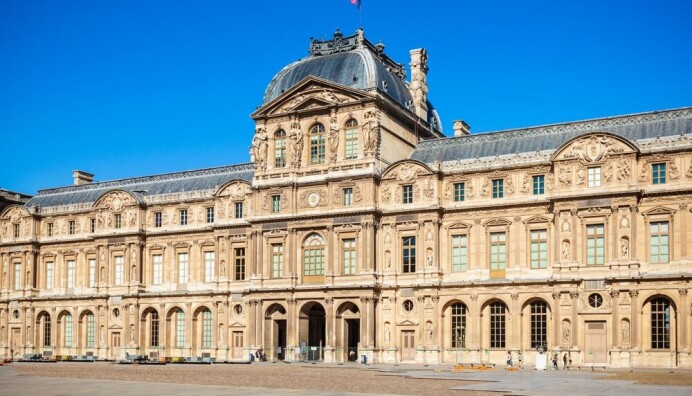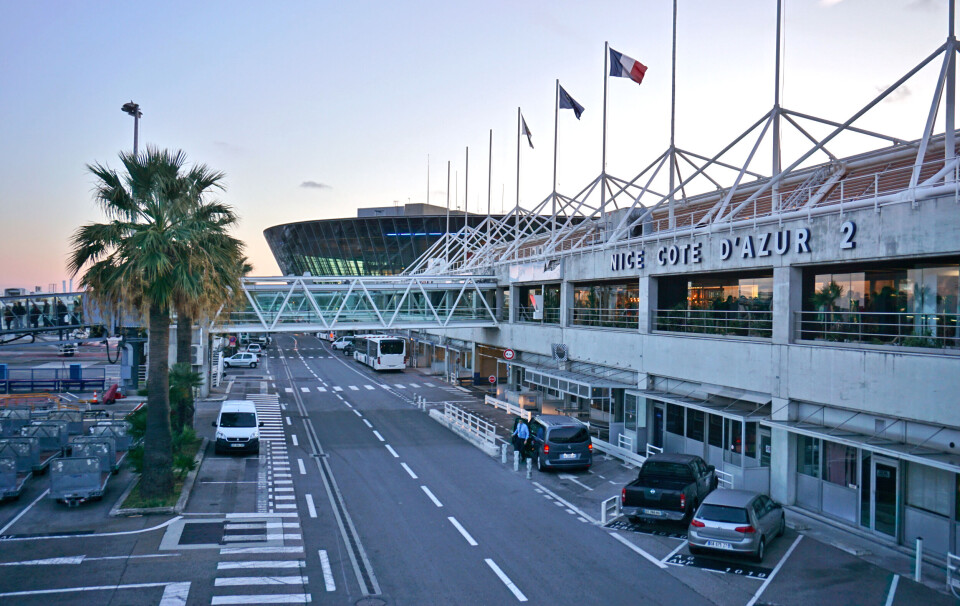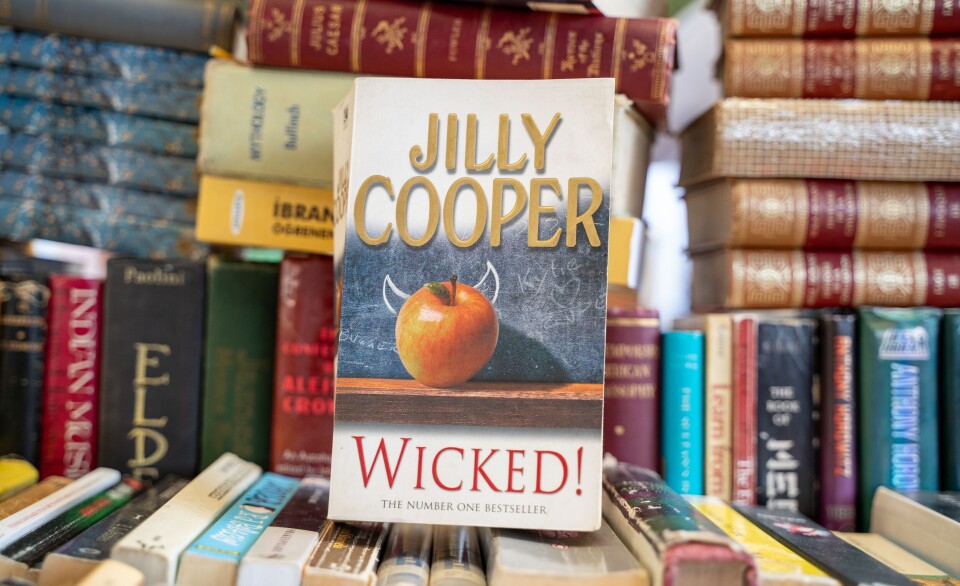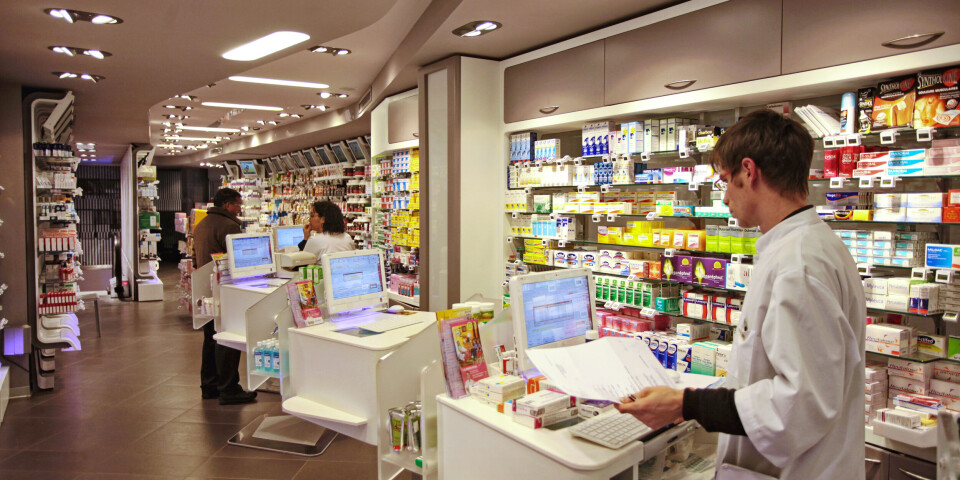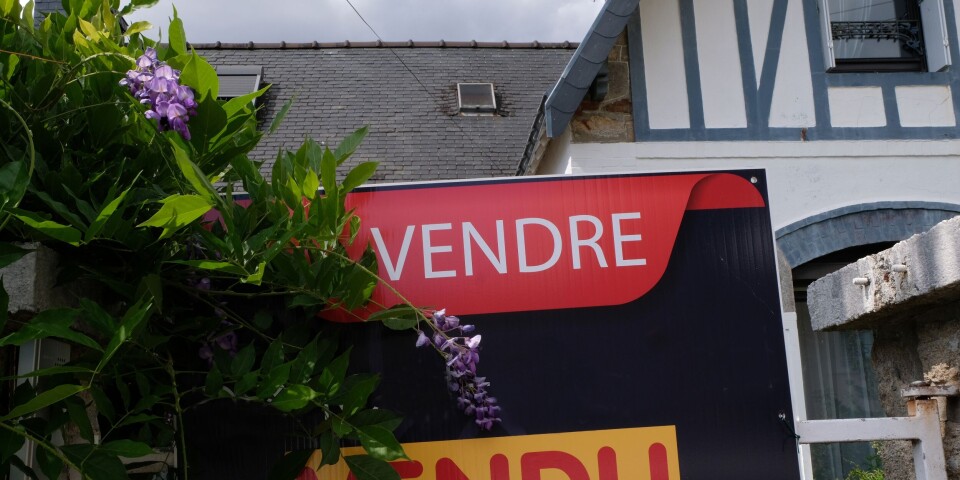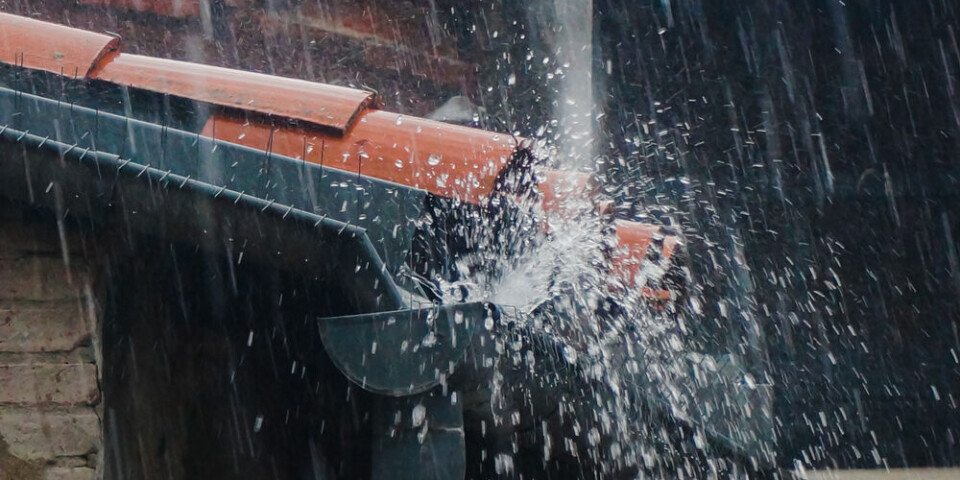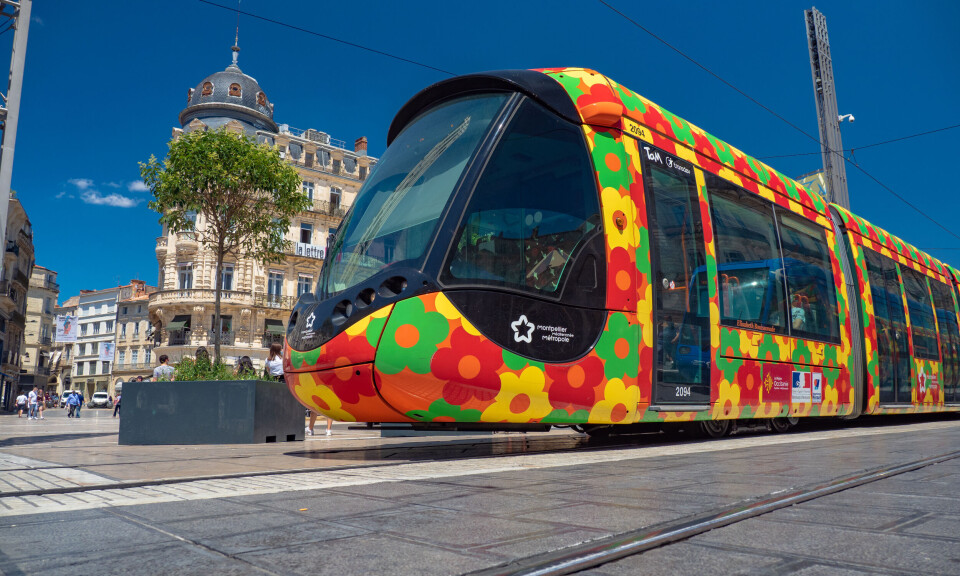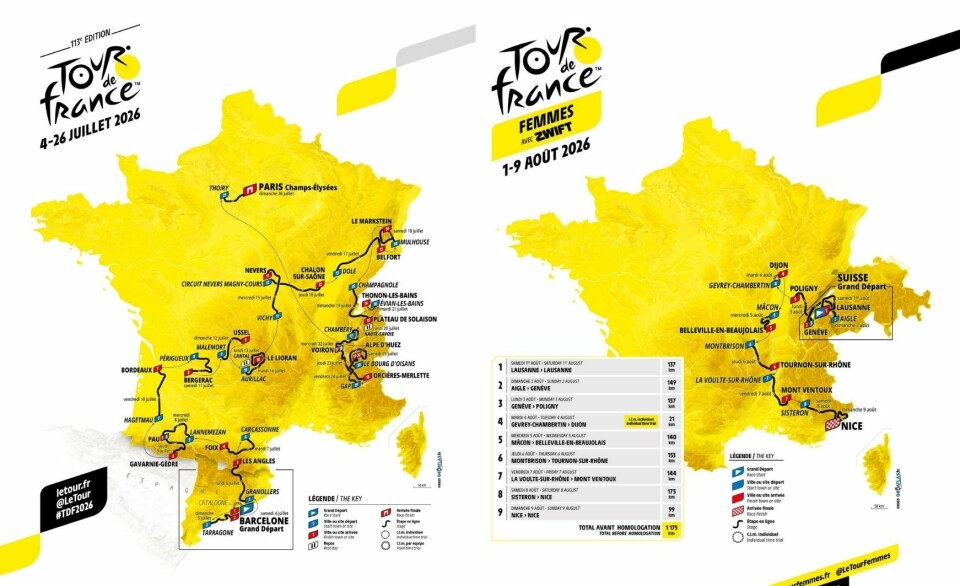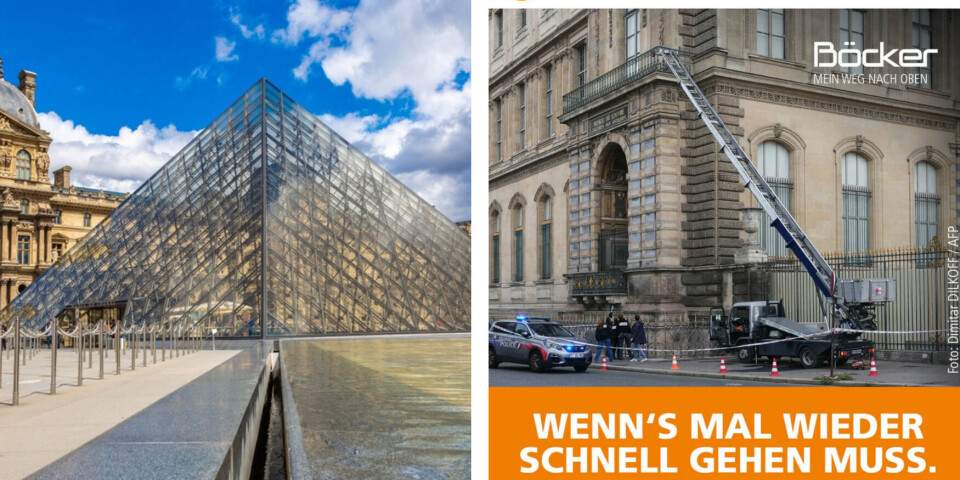-
Water restrictions extended in southern French department as drought continues
Pyrénées-Orientales remains in a state of drought as groundwater levels continue to fall
-
Map: check the quality of your tap water in France
We explain how to use the free and interactive online tool
-
Electric bike success in Toulouse
The city has extended its self-service network to surrounding areas
Glow-in-the-dark marine bacteria trialled as lighting in French town
A French start-up is using bioluminescence technology in a town south west of Paris to create a ‘living laboratory’
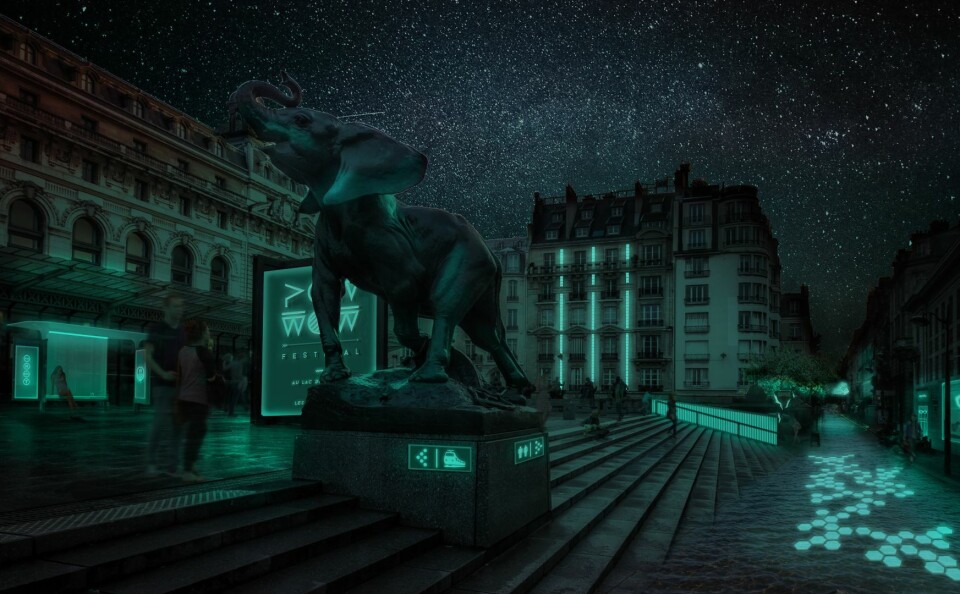
At night, parts of Rambouillet (50km south-west of Paris) are bathed in a beautiful, unearthly glow.
The soft blue light coming from the high tech cylinders is in fact bioluminescence given off by marine bacteria.
This is a natural phenomenon. In warmer climates it is easy to spot glow worms in the dark and some fish and fungi also naturally glow in the dark.
Read more: ‘Glow-worm’ paint lines trialled as way to see in dark on French roads
80% of deep sea creatures glow. Some marine algae glow when the water is disturbed. Colours vary. Most ocean species give off blue-green light, some fireflies and snails glow yellow, for example.
Town is living laboratory
The lights are fabricated by a French start-up called Glowee, and are still at the beta stage.
Rambouillet has invested €100,000 in the project and has become a living laboratory for the new lights.
Read more: Why some French towns are switching off their street lights at night
“We are very keen to encourage and support this exciting new start-up,” says Alain Cintrat, the Deputy Mayor.
“So many exciting French companies end up going to the US or China in order to develop their new technologies.”
Lights have many applications
The lights are not bright enough to replace classic street lighting but work is ongoing to increase the intensity of the light output.
“Lighting is only one application. There are others, such as marking paths in parks, illuminating buildings and signs. It can be used in spaces where people go to relax, also in hospitals, retirement homes, night lighting in children’s rooms, for example.
“The technology is innovative and an optimistic step towards the future.”
Like entering a Jules Verne world
Alain Cintrat says that Rambouillet is surrounded by attractive countryside and protecting it is in the town’s DNA.
“We want to be as environmentally friendly as we can, and I’m proud to say we were the first to partner with Glowee.
“The company is now on the brink of industrial scale production. We have installed the lights in various parts of the town, including the historic centre, and the reaction has been very positive.
“It began as an experiment to see if the technology worked, and to allow Glowee to test it in real life conditions.
“The lights give the slight impression of entering a Jules Verne world. It’s very magical. we’re looking forward to holding an official inauguration, perhaps in November.”
Read more: Jules Verne: the hidden story of France’s first science fiction writer
How does it work?
The bacteria live in tubes filled with salt-water, making them miniature aquariums, and the only power required to make them glow is adequate nutrition, which is added to the water as oxygen is pumped through it.
When the pump is turned off the bacteria stop glowing.
The hope is that the system could be developed into an energy efficient alternative to electric lights. (They use less energy than LEDs.)
Glowee is developing lights for private events as well as more street furniture, and says they are negotiating with 40 other cities in France, Belgium, Switzerland and Portugal.
Challenges to overcome
Glitches still to be overcome are the feeble intensity of the light given out: 15 lumens per square metre, compared with the 25 lumens per square metre currently required for street-lighting, and providing the nutrition that keeps the bacteria alive.
As well as feeding them, the solution has to be diluted as the bacteria multiply. Finding a way of making the lights function at all temperatures is another challenge.
Part of global research
Experiments are on-going worldwide and some scientists, including the team at Glowee, are focusing on isolating the enzyme responsible for bioluminescence, luciferase, and using that to produce light.
It is hoped that the brightness could be substantially increased.
On the other hand, other researchers hope that a more natural light, even if it is dimmer, could result in people becoming more respectful of the environment and of biodiversity.
Related articles
Smart street lights trialled in Lyon only illuminate if someone passes
French town's street lights are switched on by locals’ mobile phones
Worries over fish and ecosystem as Mediterranean sea set to reach 30C







